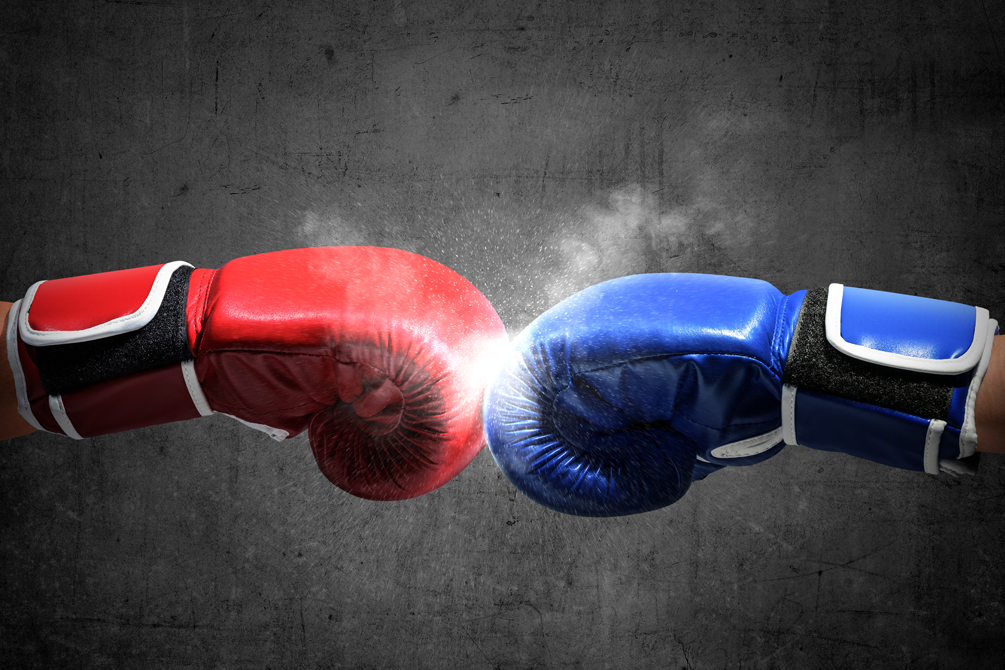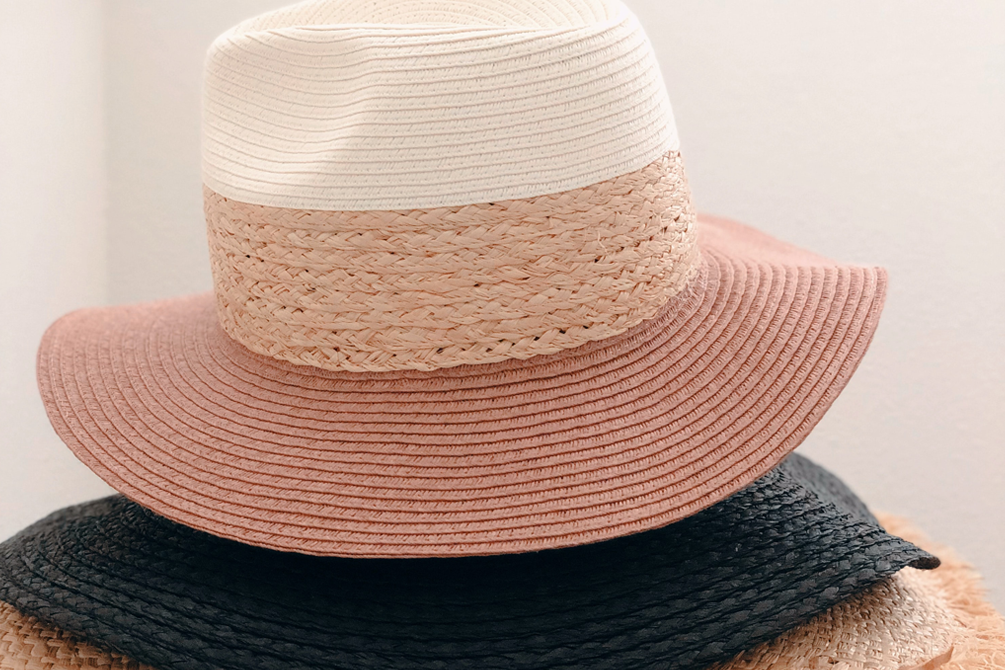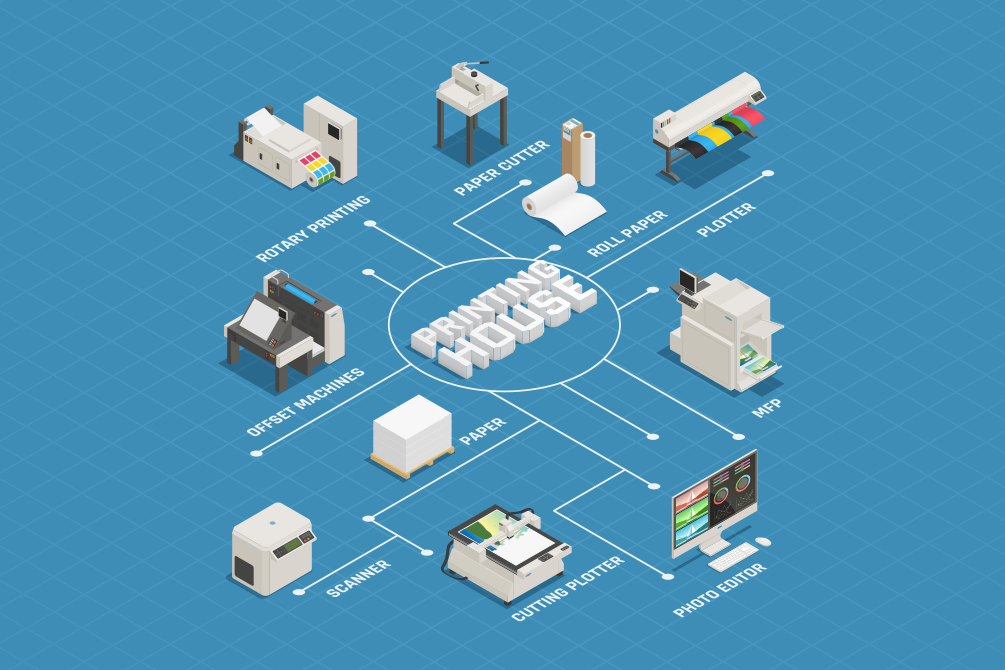There are a number of printing methods viz. DTG printing, screen printing, sublimation printing, and more. While screen printing has been popular as a traditional printing method among printers, DTG printing has emerged as yet another popular modern printing method.
This blog is all about DTG Printing vs. Screen Printing.
Before we take you to the actual comparison, read on to know the basics about the two printing methods first.
Direct-to-Garment (DTG) Printing
DTG printing is quite a modern method and has been there for around 15 years. DTG printers employ aqueous textile inks (water-based chemistry) that require a unique curing process. Due to D2 inks being water-based, they are best suited for natural fibers like cotton, bamboo, hemp, or linen.
A company looking to start low-quality, on-demand printing can go for this method as it doesn’t involve the typical set-up cost and efforts required in screen printing.
Screen Printing
Screen printing has been a conventional printing method that dates back to 1000 AD but became hugely popular during the 1960s when the rotating multi-color screen printing machine was invented.
Despite the advancement in technology, the basic concept still is pushing ink through a substrate (mesh) onto a fabric. This method has always been widely popular for apparel printing owing to its durability and high-quality output.
Now that you have understood the basics about both printing methods, let’s start the ‘real’ comparison – DTG vs Screen Printing.
VIBRANCY
Screen printing uses Plastisol ink (formed of extremely opaque PVC particles suspended in an emulsion) and is available in a wide range of colors – exact colors. As this method lets you use the most vibrant colors (for instance, fluorescents) that don’t fall in the CMYK color range, it helps produce a very bright and vibrant print.
On the other hand, digital printing employs water-based inks that don’t have as much opaqueness and vibrancy as plastisol inks – especially on darker garments. It depends on process printing or the CMYK color model (cyan, magenta, yellow, and black) for the formation of various color shades. Despite these colors being individually bright and saturated, they are also semi-transparent (not fully opaque) to make their blending easy. As a result, despite DTG machines being able to provide a bright under base helpful in improving vibrancy, the final vibrancy of the output is not as great as in screen printing.
COLOR BLENDING
Color blending is the process of mixing two or more colors to produce smooth gradients and a range of colors with a lesser amount of colors. In DTG printing, there are primarily four (CMYK) colors that are blended together to produce a spectrum of colors. This method involves process printing. As the inks are water-based and more transparent than Plastisol, various-colored inks overlap and blend together much easily and smoothly. In screen printing, spot colors of Plastisol can create a spectrum of colors through the technique of ‘simulated process.’ However, the setup used renders it less efficient – especially for small orders.
Therefore, DTG printing has an edge over screen printing when you need gradients with smooth transitions, subtle elements fading into the apparel (like smoke), or very accurate blends (like the ones matching skin tones).
COLOR MATCHING
Accurate color matching is highly important – especially in corporate branding. Several companies have brand guidelines that mention Pantone colors. Trying to match those colors with DTG would lead to a big mismatch.
The main reason for this is that the under base is not opaque enough to allow for the shirt color to bleed through. This would result in a great problem in matching colors in case of darker shirts and color shirts.
Even though several DTG printer companies claim that they can offer Pantone matching within their gamut and maximum up to two extra colors out of the gamut, they still can’t make up for the ability to print the wide range of colors screen printing has.
While some colors don’t fall in the gamut for even screen printing, the overall gamut of screen printing is much bigger than of DTG.
So, if you need spot-on color matching for your brand logo, screen printing is the better option.
DETAILS
Fine detailing is highly important in printing.
Talking of screen printing, “holding” detail matters. This implies that you’ll lose it if you are not “holding” it.
Several factors that affect screen printing detail:
-> Screen tension
-> Pressure and speed of ink application
-> Squeegee sharpness
-> Ink viscosity
-> The surface properties of the material being printed
-> And the biggest one of all: ink gain or ink spread.
It indeed is a lot!
While screen printing has dots big enough to be visible, DTG’s dots are too small to be seen with your naked eyes.
For a photographic image or the image that has gradients (fades, blends), screen printing would need halftones (tiny dots). These halftones date back to the 1800s and printers would use them in newspapers and for the reproduction of the tonal range of photographs. Generally, most of these halftones employed in screen printing are produced by a RIP program at somewhere between 30 LPI and 65 LPI (lines per inch) before they are burned to screen. The size of the dot varies inversely with LPI. This implies that the lower the LPI goes, the bigger the dot grows in size.
Further, even at the higher LPI, close observation can make those dots easily visible. To add to it, a dot can become even bigger and more visible if there is a problem with ink spread.
Though DTG also uses halftones only, they offer resolutions of up to 1200 DPI and also use diffusion dither. A diffusion dither is a frequency modulated halftone rather than being an amplitude-modulated halftone that can reproduce small and fine details better.
This way, DTG has got an upper hand when it comes to reproducing fine details.
DURABILITY
Durability has always been a major consideration when comparing printing methods. In the early stages of DTG printing, durability would be a major issue. However, as the DTG printing technology advanced, this problem reduced. How long the print lasts and doesn’t fade away depends on a number of factors – the quality of the machine, inks used, pretreatment, under base, and curing. It also depends on the way the customer washes apparel with DTG print on it. A good-quality DTG print can withstand over a few dozen washes before beginning to fade a little. Eventually, it will still fade.
On the other hand, screen printing never poses the issue of durability if done rightly.
Note: ‘If done rightly’ implies that the ink is applied and cured properly. If the printer fails to apply or cure ink properly, Plastisol too can begin to fade over some time.
We can, thus, say that screen printing is a more durable printing method than DTG.
COMFORT & FEEL
When talking of comfort and feel, there are a few things to consider:
– Clogging of ink can dramatically impact the breathability of the fabric leading to a ‘sweat patch’. By sweat patch, it means that the solid layer of plastic covering may wash off in the summer when out in the sun and stain your body with a big spot on the apparel.
– The heaviness of the print meaning to determine and ensure that the print doesn’t weigh down the part of the shirt where it sits.
– Roughness of the text to determine how the print feels when touched or rubbed and whether it feels like sandpaper or very soft and smooth. Generally, a ‘smooth’ hand is preferred.
Generally, most regular screenprints use a normal ink layer or a maximum of two ink layers on darker garments including the required underbase. Plastisol screen printing ink will typically feel heavy on the apparel. Although some advanced techniques like “distress effect” can help create a softer hand by minimizing the surface area ink occupies and breaking it up for greater flexibility. But again, the distressed effect is also not the right choice for all designs, and customers may not want to use it.
Therefore, DTG printing has an edge over screen printing in terms of comfort and feel.
VERSATILITY
Versatility is the ability to print on a range of textiles, fabrics, garment styles, print sites (parts of apparel), and more.
Fabric:
With the advanced DTG machines, digital printing is possible on quite a wide range of fabrics – the top recommendable fabric being pure cotton. However, DTG poses challenges when printing on 50/50 blends, polyester, or moisture-wicking fabrics. Besides, the color of the fabric can also cause dye migration where garment dye bleeds into the ink and discolors the print.
On the contrary, screen printing works well on cotton, blends, polyster, canvas, denim, performance, and moisture-wicking fabrics like rayon, and more.
Garment styles:
In DTG, the printer has a specialized platen that fits the location on the garment you choose to print on. In some basic DTG machines, even that specialized platen is not available. In comparison to DTG, screen printers have a lot more platens to adjust to print on various garment locations.
That is why DTG printing can always be a go-to option for basic apparel like T-shirts or hoodies. But if you need to print on hats, caps, or other complex apparel, screen printing is a better option.
Print locations:
The number of printing locations possible depends on the number of positions the printer can position the platen on. Again, in DTG printing, it is limited and would be slightly tough to reach a particular placement within a location. For instance, if you want your logo to be printed 1.5” from the collar, it might be difficult with DTG printing.
The same print location would be easy to print on if you use screen printing.
This is the reason that for tough locations like pant legs, hoods of hoodies, on-the-pocket prints, side prints, etc.; screen printing is a more appropriate option.
CONSISTENCY
Consistency in printing matters – especially for bulk orders.
As screen printing has got variables like clogged mesh, screen tension, ink viscosity, dot gain, squeegee pressure, registration, etc.; chances are that variations arise.
The exact opposite is the case with DTG printing where high consistency is easy to maintain throughout the bulk order. This is because there are no variables and all that the machine has to do is to process a digital file and print it directly onto the shirt.
So, this brings us to the conclusion that DTG printing overtakes screen printing in terms of consistency.
SPECIAL EFFECTS
Special effects mean adding extra dimensions to a print. In screen printing, special effects are easier to produce.
Be it raised print, textures, shines, sparkles, or glows; a specialty ink or additive can reproduce it. Even better, the printer can combine many of these inks or additives to turn their imaginations into reality.
For example, you can pile high-density ink till the point it looks like an applique printed.
There are various examples of specialty inks and additives as below.
Water-based – Absorbs into the fabric for a very lightweight and soft print.
Discharge – To help remove the dye chemically from the fabric pigment.
Puff – An additive to expand while being cured to impart a soft and raised feel.
Fluorescent – Very bright neon colors, also known as “day glow”.
Metallic – One of the popular inks to impart a shiny look. Typically in gold, silver, or copper.
Glitter – Contains glitter for a sparkly look, often combined with a clear gel.
Glow-in-the-dark – Almost clear, light-activated ink that glows in the dark.
Suede – Similar to puff, but creates a soft and fuzzy texture on the surface.
High-density – Creates raised layers of rubber-like ink for a 3-dimensional print.
Soft Hand – Additive to reduce the thickness of ink for a softer feel.
Clear Gel – A thick glossy coating that can be used in combination with others.
Shimmer – Creates a unique reflective, iridescent shine.
Crackle – Splits and cracks during curing for a naturally distressed look.
Cork – Similar to puff and suede, but gives a cork-like texture to the final output.
Plasticharge – Combines the best of Plastisol and discharge.
This is the reason that screen printing can elevate a simple apparel design like no other method can and enhance its resale value. Of late, DTG printing too has been witnessing a few breakthroughs in the specialty ink fonts; there is still a long path to go before it reaches the level of screen printing.
In short, screen printing is a better choice for special effects.
POPULARITY
No matter how advanced DTG printing has become; there is still huge popularity enjoyed by screen printing. As screen printing gives a high-quality and durable output, is easy to start at low run-time expenses, and excels in versatility and vibrancy; small businesses that can’t afford high-end expensive DTG printers still prefer to start with screen printing.
Once DTG technology becomes more advanced, and more ubiquitous, to the point where most people don’t know the difference– then popularity might no longer be a factor. Until then, screen printing remains the fan-favorite.
In a Nutshell
The comparison of DTG printing vs Screen Printing is neck-to-neck and DTG printing has gained tremendous traction of late. There are however some factors where screen printing still corners DTG printing even today.
So, if you are a small print business owner seeking a cost-effective yet efficient printing method, you can go for screen printing and later add DTG printing once your business takes off.
Want to launch an online print store for the first time and don’t know where to start with, worry not! Get in touch with our industry experts for that.
All product and company names are trademarks™, registered® or copyright© trademarks of their respective holders. Use of them does not imply any affiliation with or endorsement by them.








Follow with us